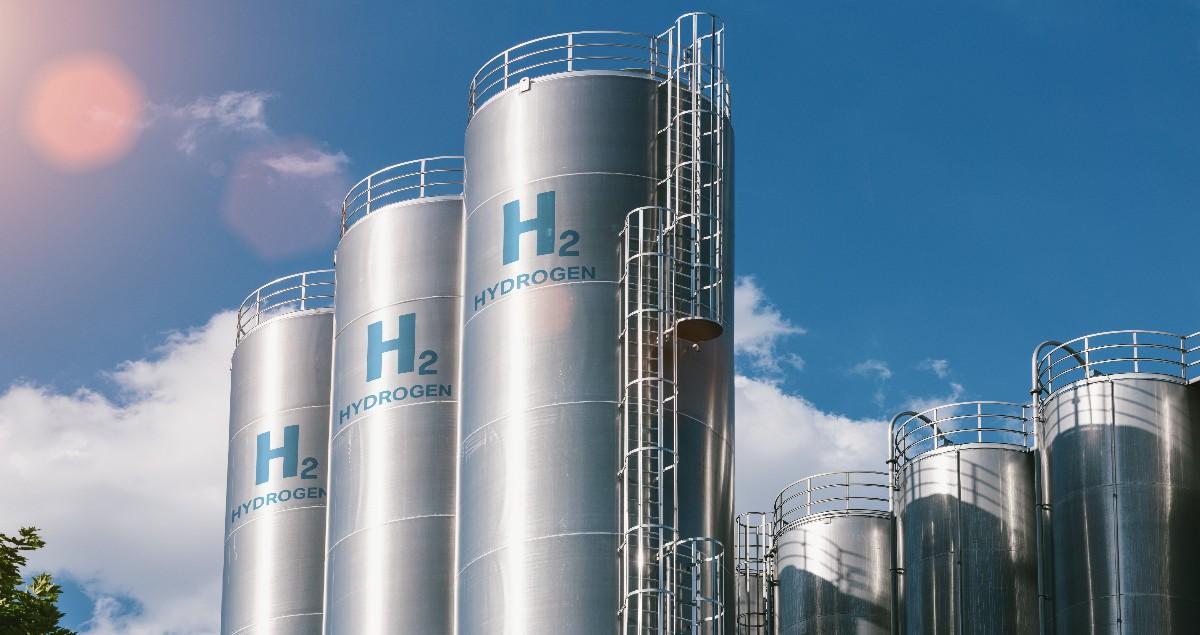How to scale green hydrogen production and lower its cost

Policymakers have set ambitious green hydrogen production targets to decarbonize fossil fuel-dependent industries. However, achieving these goals by 2030 or 2050 seems increasingly challenging. What strategies will be necessary to scale up hydrogen production and bridge this gap?
Ambitious targets for green hydrogen production
Hydrogen is increasingly seen as one of the critical pathways for decarbonization in fossil fuel-reliant sectors that are hard to electrify. Such is hydrogen’s potential in heavy transport, aviation and heavy industry, that policymakers in more than 40 countries have already put their weight behind it.
For example, the European Union (EU) aims to produce 10 million tonnes (Mt) and import another 10 Mt of renewable hydrogen by 2030 to increase the use of hydrogen and its derivatives in transport and energy-intensive industries. The US, similarly, is targeting 10 Mt by 2030, 20 Mt by 2040 and 50 Mt by 2050.
However, the International Energy Agency (IEA) expects only 38 Mt to be produced globally by 2030, assuming all announced projects are realized. Of these, 17 Mt are expected to come from projects still in very early development stages today.
At the recent FT Hydrogen Summit 2024, Prof. Emmanouil Kakaras, Executive Vice President, GX Solutions, EMEA for Mitsubishi Heavy Industries, underlined that policymakers’ growth ambitions may be too lofty. He expects green hydrogen production to deliver “single-digit million tonnes” at best in the EU in that timeframe, simply because there isn’t sufficient time to build the infrastructure needed for more.
Kakaras advocated a pragmatic approach to scaling clean hydrogen production to ensure adequate amounts of sustainable gas can be made available.
Driving down the cost of green hydrogen
A recent survey from Capgemini revealed that the energy industry sees low-carbon hydrogen as too costly and uncompetitive. Respondents expected the price of clean hydrogen to drop below 7 euros per kilo by 2030 — but that is still between twice and four times the cost of “gray” hydrogen made using fossil fuels.
A focus on lowering the cost of hydrogen will be vital to developing the sector at scale and helping to derisk badly needed investments in hydrogen production and infrastructure projects.
A major factor in the high cost is continuously high electricity prices, which will only decrease as more renewable electricity supplies become available. Kakaras told the FT Hydrogen Summit there had been a slowdown in the expansion of renewables in Europe, but there was now a ready pipeline of projects awaiting connection to the grid.

Derisking investments in sustainable hydrogen infrastructure
Getting investors to commit is also a stumbling block for scaling hydrogen production.
To date, green hydrogen accounts for only a small amount of capital for the energy transition, according to Netzeroinvestor. One issue is the risk assessment undertaken to determine a project’s investability. It is still unclear which of the numerous production methods will eventually win out, especially in the technical arena.
Kakaras suggested that some of the investors’ perceived stumbling blocks could be overcome by collecting valuable experience from smaller projects before embarking on larger rollouts.
Developers and investors in hydrogen also need clarity on the subsidies and other mechanisms for bringing hydrogen projects to market. And when it comes to Europe, policymakers need to take a close look at the design of electricity markets, said Kakaras. There should be proper incentives to utilize excess electricity from renewables for green hydrogen — instead of having production from wind and solar curtailed and therefore wasted.
Getting the proper policy support for green hydrogen production
He pointed out that European energy policy — despite the Commission’s commitment to hydrogen — has yet to deliver the economic development required.
While there is considerable policy support for renewables, especially wind, the high baseline cost of energy has yet to be sufficiently addressed to make hydrogen production more attractive.
Another fundamental requirement for scaling hydrogen production is incentives for demand creation, especially stimulating long-term commitments from large offtakers to lower the risks for producers.

Kakaras argued that Europe’s policymakers had understandably focused on electrification because of its broad potential: “Electrification can reach households much more easily than hydrogen can.”
Hydrogen comes into its own when decarbonizing hard-to-abate industries, especially in sectors such as steelmaking, petrochemicals and as a replacement for fossil fuels in power generation.
Given the amount of hydrogen needed to fully decarbonize plants in these sectors, projects should easily reach a scale that would then also justify funding for the surrounding infrastructure. They just need to be ambitious enough, Kakaras said.
“These are single points of demand – massive demand – equivalent to hundreds of thousands of passenger cars. And this will justify the infrastructure investment.”
Discover more about MHI’s initiatives to produce and storing clean hydrogen





